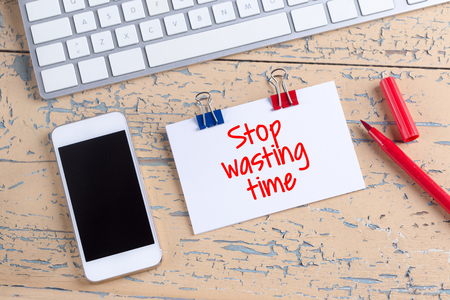 Last Sunday, I met my friend Liz for breakfast at a local diner in New Canaan. She’s from Boston and we don’t see each other often, so when we first sat down the hubbub of the restaurant faded into the background as we started talking and catching up.
Last Sunday, I met my friend Liz for breakfast at a local diner in New Canaan. She’s from Boston and we don’t see each other often, so when we first sat down the hubbub of the restaurant faded into the background as we started talking and catching up.
We ordered our food, kept chatting and ate happily. Eventually (I lost track of time), I looked up and realized that the restaurant was nearly empty and the rush of breakfast was over. And that’s when the trouble started.
It was nearly impossible to get anyone’s attention for the check. And, after we finally did, it was equally challenging to wait for the waitress come back, pick it up, and then run our credit cards. What should have taken one minute took ten.
I’m sure you’ve had this same experience: It’s often much easier to get served in a busy restaurant than in an empty one. Once the frenzy dies down, the staff shifts its attention to other things besides service.
For many of us as solo professionals, things work the same way.
When I first started working on my own it was difficult to stay focused. Not because I was so busy, but rather, because I wasn’t – I had more time than work. So I roamed around, wasting time, never bothering to put any systems in place.
It was not until I had tons of work, that I also gained focus. At that point, I couldn’t afford to waste time since that would have led to missing deadlines, working unreasonable hours or both.
What it taught me, though, is that developing rules and systems to stay focused makes sense whether you are busy or not.
Here are some strategies that work for me:
- I begin work pretty much the same time every day.
- I start the day looking at emails that have come in overnight and prioritize them into my day, before I jump into any project.
- I work on one task at a time, when at all possible.
- I block time on my calendar to work on specific projects.
- I plan to be at my desk all day, almost every weekday.
- I organize my data in a way that lets me quickly and easily find files, info and project plans.
And here are some things I don’t do, most of which involve avoiding many household projects that are within reach (I work from home):
- Unless there is a laundry emergency of monumental proportion, no laundry gets done during the work day (even though it would be easy to “just throw a load in”).
- I only clean the kitchen before I start work or after – not even to unload the dishwasher.
- I don’t talk on the phone with my friends to catch up.
- I block time on my calendar to work on specific projects.
- Any personal business – like bill paying, shopping or answering emails gets done before the first client work starts – even if it delays the start of my work.
- If the bed doesn’t get made in the morning, it waits until the evening.
Over the years I’ve learned that the faster I can get settled at my desk, the more productive my day is. Focus is precious and time is money, especially when you work for yourself. Guard both as best you can!

